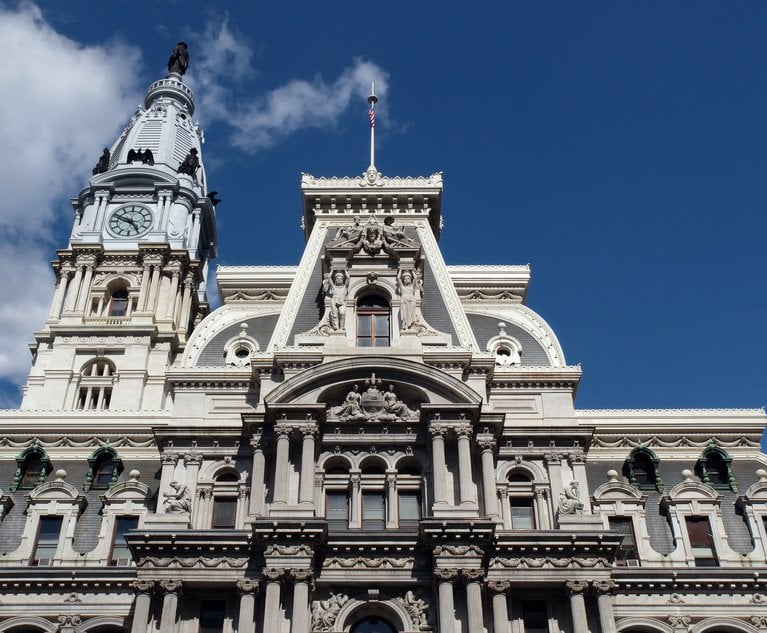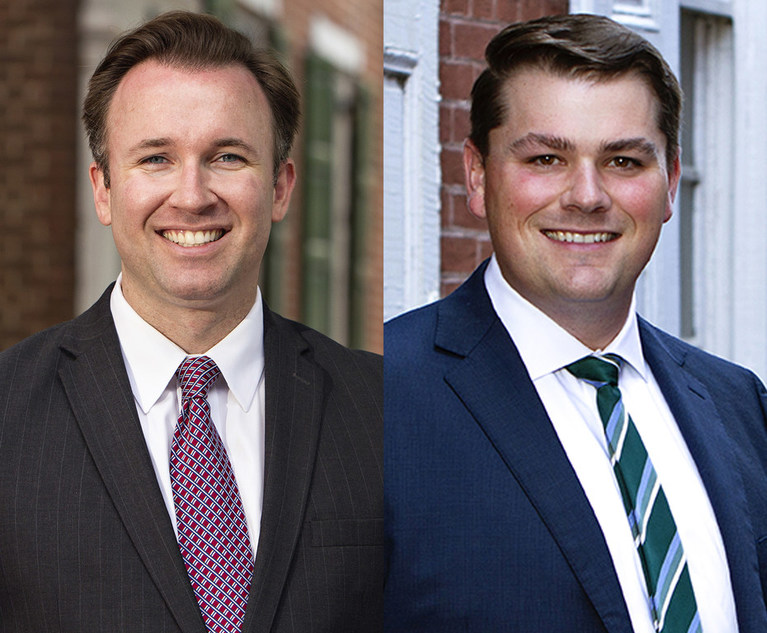“Tree Equity,” a notion promoted by advocacy group American Forests, has received attention recently, including an article in the July 4 New York Times featuring Philadelphia. In brief summary, tree cover varies significantly among neighborhoods (more precisely, census blocks) in urban areas. A higher proportion of tree cover correlates with higher property values, higher median incomes of the residents, and with a whiter racial makeup. Therefore, one might say that the uneven distribution of urban trees is a feature of environmental inequity. American Forests proposes a program to plant 31.4 million trees annually in urban areas at a cost American Forests estimates at $8.9 billion. It asserts that that program would confer a number of benefits that would make it a good investment.
This is an environmental practice column, and not the place to evaluate the technical merits of any of these claims. Instead, assuming that the separate assertions that urban trees confer benefits and those benefits are distributed unevenly or inequitably, consider how environmental practitioners might use those facts to benefit our clients or communities.


 David Mandelbaum, Greenberg Traurig.
David Mandelbaum, Greenberg Traurig.




